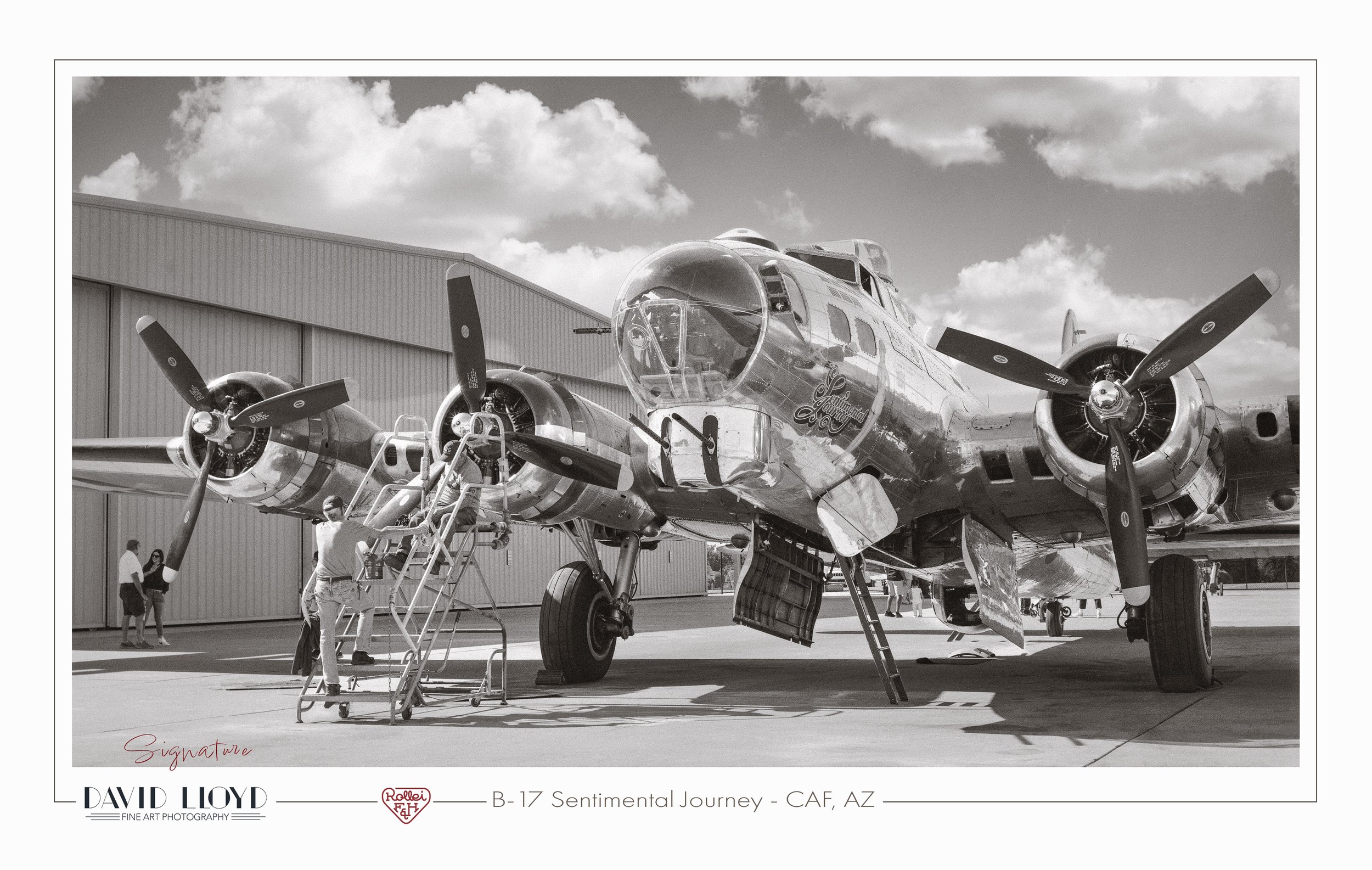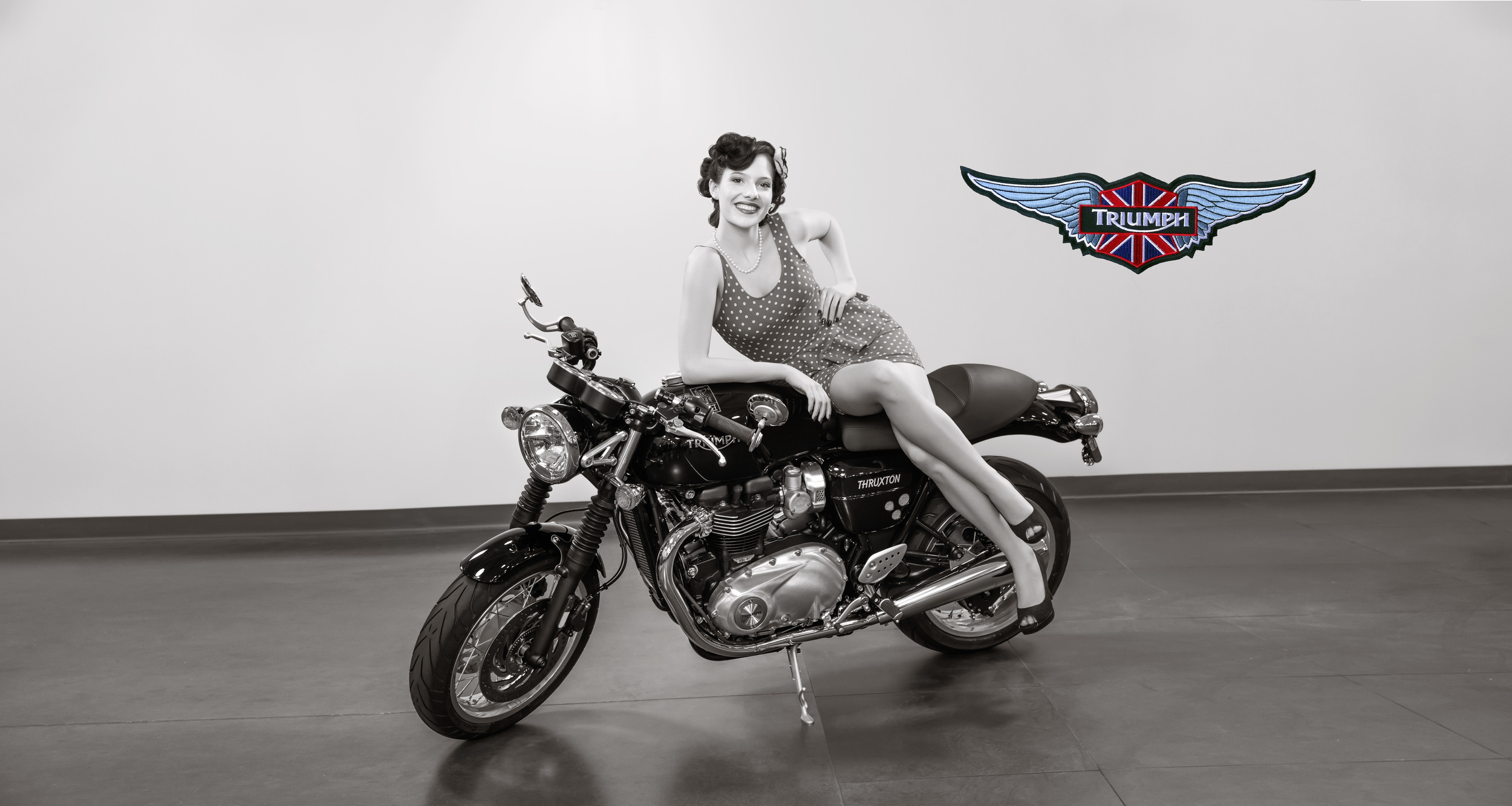A New Light Shaping Tool
Since my days at Vivitar in the mid-70's, as a New Product design engineer, involved with the design and development of electronic flash systems, the shoe mount flash, applicable light modifiers and accessories, have remained a prominent footnote in my mind’s eye for consideration in the design of new portable flash ideas.
Now over 40 years later, with the advent of new digital technologies, I have been busily at work and in the process of designing, what I would consider to be the perfect light shaping toolkit for speed lights. Not just another gadget, but a complete and straightforward approach for the design of quality light shaping tools.
In the meantime, a short while after my successful publishing and launching of my new coffee table book, "Creative OCF Lighting Techniques for Photographers" and subsequent listing on Amazon, I decided it was now time to revisit the perfection of a portable light modifing toolset for speed lights.
Understanding the Nature of Portable Strobes
It may be well at this time to review the basic premise of speed lights. Prior to the advent of portable battery powered flash units, magnesium wire filled flash bulbs were used to provide portable on or off-camera flash. They were fitted with circular reflectors and a simple flashlight battery ignition circuit to ignite the bulbs, timed with the camera shutter.
When portable electronic flash units were first introduced, such as the Heiland Strobonar in the early 50’s, an oval shaped reflector was used to widen the projected beam to cover the wider 2:3 aspect ratio of 35mm film. By adding a fresnel lens in front of the flash tube reflector, the projected beam width of the flash was optimized to cover a similar angle of view as a 35mm lens. This concept lead the direction of portable flash units towards light output efficiency to save on battery life and number of flashes per set of batteries. The initial design required a selerate battery pack. However, in 1958, with the acquisition by Honeywell of the Heiland design, they introduced a self contained unit, the Futuramic Strobonar, with oval flashhead and integrated handle.
As the photo below illustrates, my approach is to modify the shape of the light projecting from a speed light from rectangular to circular, presently in the form of an adapter. The intention for this is twofold:
- Breaking up the harsh pattern of light associated with speed lights, by use of a Fresnel lens, potentially focusable, to condition the light into a smooth circular pattern with minimum light loss.
- Provide a 100mm circular interface to easily adapt to the Profoto OCF Light Modifiers.






















